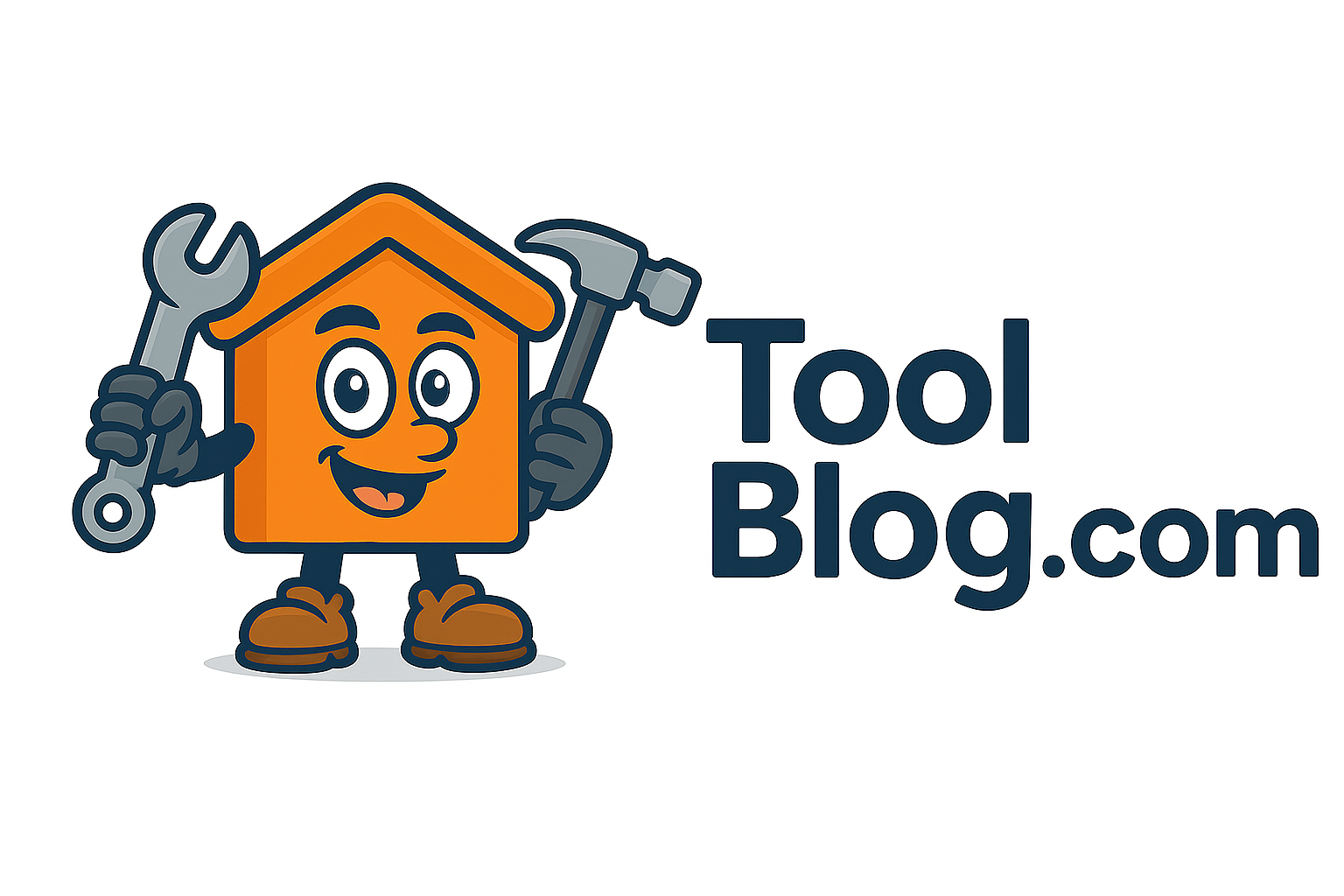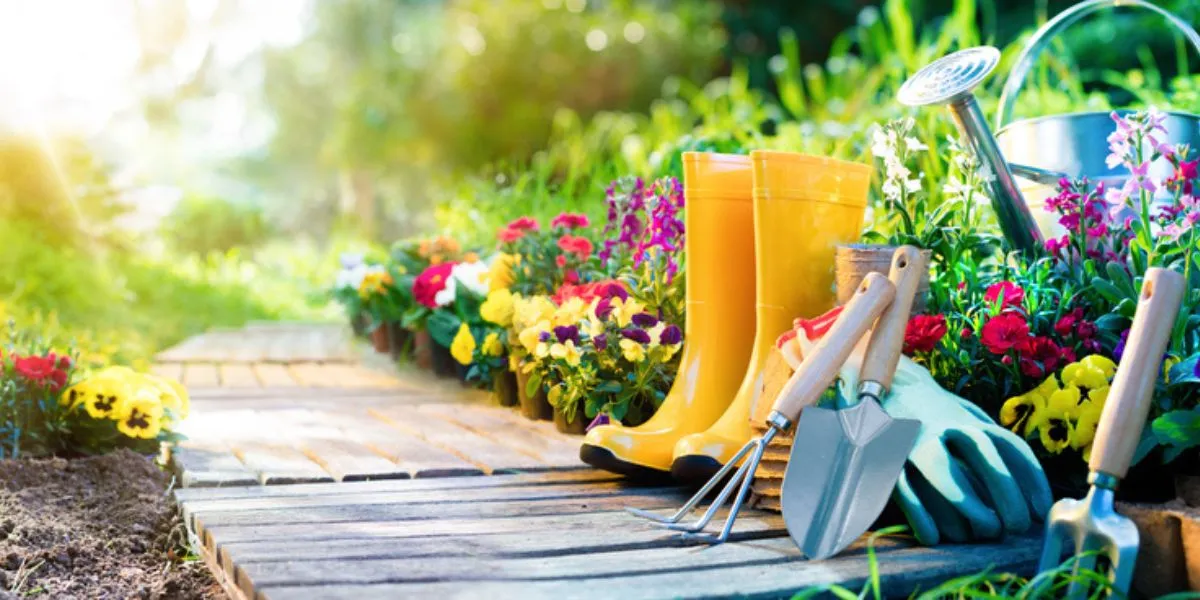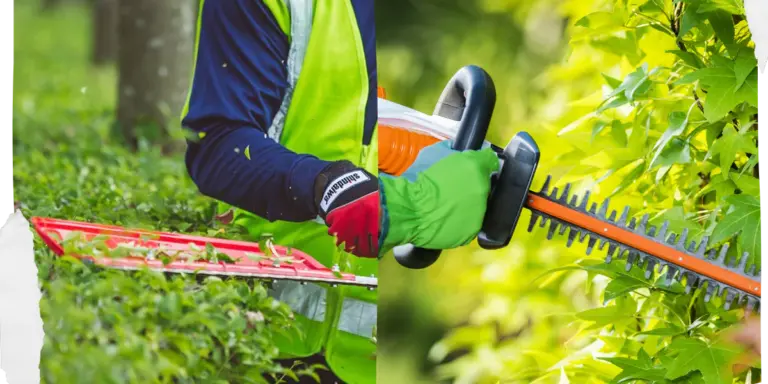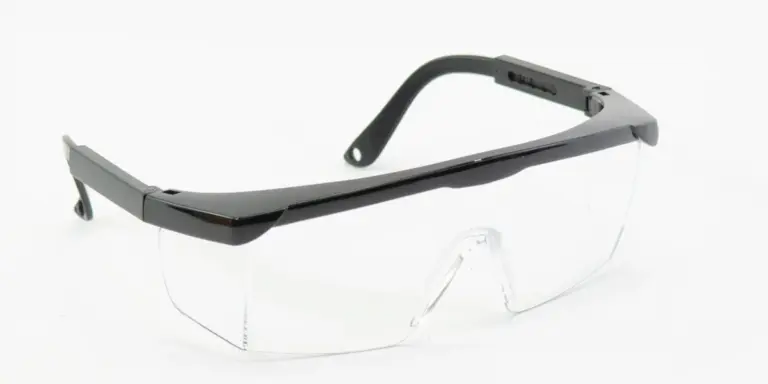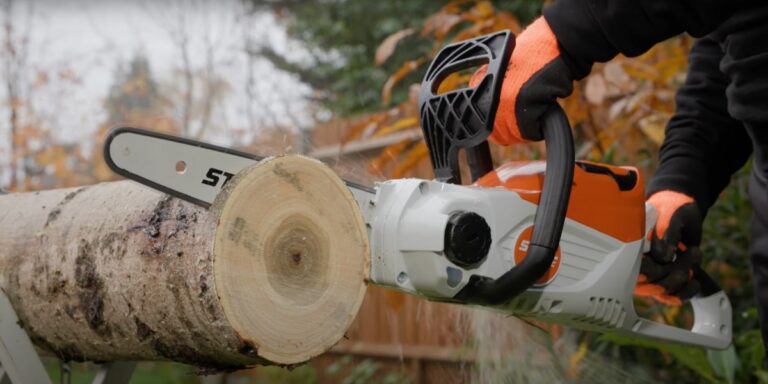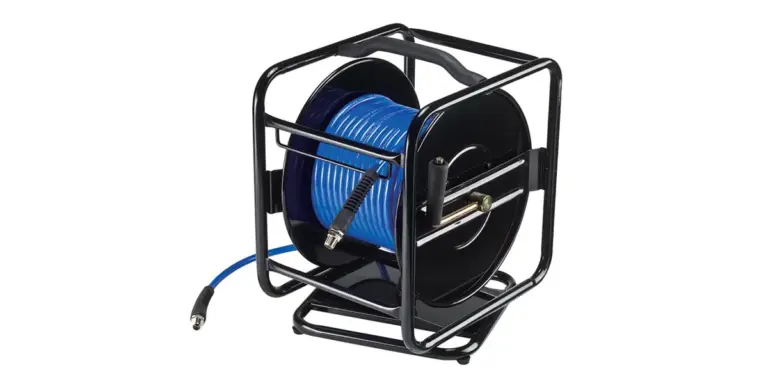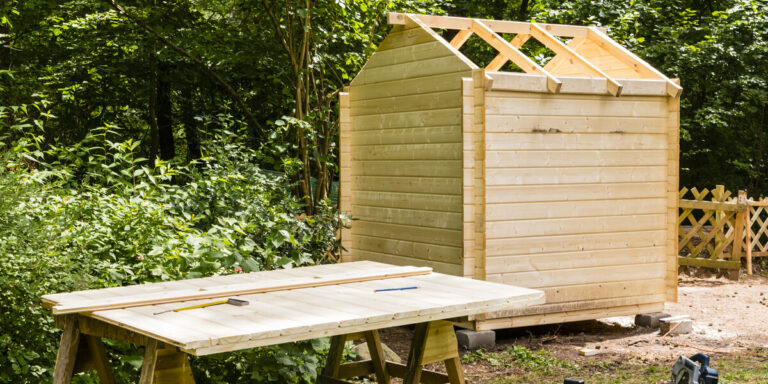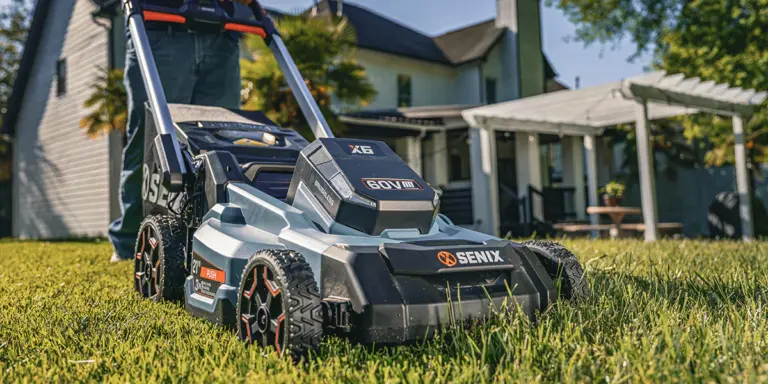10 Tools You Need for Garden Maintenance
Keeping a garden in top shape takes more than just enthusiasm. It takes the right tools, consistency, and a bit of know-how. I’ve learned over time that without the proper equipment, even the simplest gardening tasks can turn into a headache. Whether you’re planting a few herbs, growing vegetables, or maintaining a lush flower bed, having the right gear makes a world of difference. In this guide, I’ll walk you through the essential tools you need for garden maintenance, based on real hands-on experience.
Garden Gloves
Working with bare hands in the soil can be satisfying, but it’s not always smart. Garden gloves protect your hands from thorns, blisters, cuts, and even insect bites. A good pair should fit well, be breathable, and allow dexterity. I use nitrile-coated gloves for most tasks because they give me great grip and don’t tear easily. Leather gloves, on the other hand, are better when handling prickly plants like roses.
Don’t underestimate how much wear and tear your hands go through while gardening. After digging, pulling, or pruning, gloves keep your hands in better shape and help prevent skin infections from soil bacteria. They also come in handy during cold weather, keeping your fingers warm as you work.
Key Features:
- Durable material (nitrile, leather, or synthetic)
- Flexible and snug fit
- Breathable for long wear
Pros:
- Protects against injuries and pests
- Improves grip and comfort
- Keeps hands clean
Cons:
- Poor fit reduces control
- May wear out quickly with heavy use
Hand Trowel
The hand trowel is a staple in every gardener’s toolbox. It’s perfect for digging small holes, transplanting seedlings, and scooping soil or compost. Look for one with a solid stainless-steel blade and a comfortable, non-slip grip. I prefer trowels with depth markers etched into the blade so I can measure planting depth without guessing.
I use my hand trowel almost every day, especially when working with containers or raised beds. It’s lightweight, easy to clean, and fits nicely in a back pocket or garden apron.
Key Features:
- Stainless steel or carbon steel blade
- Ergonomic handle
- Markings for depth
Pros:
- Versatile for many small tasks
- Easy to carry and store
- Long-lasting if well maintained
Cons:
- Can bend under heavy pressure
- Small blade not ideal for large areas
Pruning Shears
Healthy plants need regular trimming, and pruning shears are the tool for the job. Also called secateurs, they help snip off dead or overgrown stems, encourage growth, and keep plants tidy. Bypass pruners work like scissors and are great for green stems, while anvil pruners are better suited for dry or woody branches.
A sharp pair of shears makes clean cuts that heal faster and reduce disease risk. I keep mine oiled and sharpened to avoid crushing stems, and I carry them with me whenever I’m checking the garden.
Key Features:
- High-carbon steel blades
- Non-slip grip
- Locking mechanism for safety
Pros:
- Encourages healthy growth
- Prevents plant disease
- Easy to use and control
Cons:
- Needs regular sharpening
- Can strain hands during long use
Garden Hoe
When I need to tackle weeds or cultivate soil between plants, the garden hoe is my go-to. There are different types—draw hoes, scuffle hoes, and Dutch hoes—each suited to a specific task. For me, a stirrup hoe works best for slicing weeds below the surface without disturbing too much soil.
This tool saves my back and helps manage weeds before they take over. It’s especially helpful in dry spells when weeds compete aggressively for water.
Key Features:
- Wide, sharp blade
- Long, sturdy handle
- Replaceable heads for some types
Pros:
- Clears weeds quickly
- Aerates and loosens soil
- Saves time and effort
Cons:
- Not ideal for tight spaces
- Requires proper technique
Garden Rake
A rake isn’t just for fallen leaves. A garden rake with metal tines is ideal for leveling soil, spreading mulch, and collecting debris. I use it to clean up after planting or to prep seedbeds by breaking up clumps and evening the surface.
Having a sturdy rake means I don’t have to overwork my hands or constantly bend down. Some models come with adjustable tines, which I find helpful when switching between wide and narrow spaces.
Key Features:
- Steel or aluminum tines
- Long handle for leverage
- Adjustable width (optional)
Pros:
- Great for leveling soil
- Multi-purpose for cleanup
- Durable and easy to maintain
Cons:
- Can be heavy
- Not suited for delicate areas
Wheelbarrow
Transporting soil, compost, mulch, or tools is far easier with a wheelbarrow. I use mine regularly, and it has spared me countless trips back and forth across the yard. A single-wheel model is easier to maneuver, while a dual-wheel version offers better stability.
Look for one with a rust-resistant frame and a sturdy tub, preferably made of metal or heavy-duty plastic. Pneumatic tires provide smooth movement over uneven terrain, which is helpful when hauling heavy loads.
Key Features:
- Steel or poly tray
- Single or double wheels
- Rust-resistant finish
Pros:
- Reduces physical strain
- Moves bulk materials efficiently
- Durable for long-term use
Cons:
- Bulky to store
- Requires strength to lift and dump
Watering Can or Hose
Keeping your plants hydrated is essential, and you’ll need the right watering equipment for the job. For container gardens or small patches, a watering can with a rose spout delivers a gentle shower. For larger areas, I rely on a quality garden hose with adjustable nozzles and good pressure.
I recommend investing in a kink-free hose and a nozzle that offers various spray patterns. Timed hose attachments are also helpful during dry months, especially if you’re away from home for a few days.
Key Features:
- Rust-resistant watering can
- Hose with adjustable spray head
- Lightweight and flexible material
Pros:
- Directs water efficiently
- Saves time with large gardens
- Customizable spray options
Cons:
- Cans can be heavy when full
- Cheap hoses kink and leak
Spade
While the hand trowel handles the small jobs, a full-size spade is what I reach for when I need to dig deeper or cut through sod. A spade with a sharp, flat blade and a reinforced shaft lets me edge garden beds, plant trees, and move soil with precision.
My favorite has a steel blade and a D-shaped handle that provides good grip and leverage. It’s not glamorous, but it’s one of the most reliable tools you need for garden maintenance.
Key Features:
- Flat or slightly curved blade
- Steel or hardwood shaft
- Comfortable grip
Pros:
- Ideal for edging and trenching
- Handles heavy-duty digging
- Long-lasting with care
Cons:
- Heavier than trowels
- Not ideal for confined spaces
Garden Fork
Digging forks (also called garden forks or spading forks) are fantastic for loosening compacted soil, turning compost, or harvesting root vegetables. With strong, pointed tines, they break up clumps better than a spade without slicing into roots.
When prepping beds for the season or refreshing old soil, this tool saves me hours of manual work. It’s one of the more underrated tools you need for garden maintenance, especially if you work with clay or rocky soil.
Key Features:
- Four sharp steel tines
- Wooden or fiberglass handle
- D-grip for control
Pros:
- Breaks up compacted soil
- Ideal for composting and harvesting
- Prevents damage to roots
Cons:
- Can be awkward in tight beds
- Tines may bend in rocky soil
Weeder
Manual weeders are small but mighty. They’re designed to get to the root of the problem—literally—by pulling weeds from the base and removing the entire root. I use a forked weeder for dandelions and taproots, and a cobra-head style for tight areas and surface weeds.
This tool is essential if you want to avoid chemical herbicides. It keeps my garden organic and prevents weeds from taking over without too much effort.
Key Features:
- Stainless steel or carbon steel tip
- Ergonomic handle
- Compact design
Pros:
- Removes weeds at the root
- Minimizes soil disturbance
- Easy to store
Cons:
- Time-consuming for large areas
- Requires hand strength
Final Thoughts
A well-maintained garden is built on a foundation of care and the right equipment. Having the right tools on hand makes every task—from planting to pruning—a lot more efficient and enjoyable. I’ve tried dozens of gadgets over the years, but the tools you need for garden maintenance usually come back to these ten essentials.
Each one serves a unique role, and together they help you keep your garden healthy, productive, and beautiful. Whether you’re growing vegetables, flowers, or maintaining a lush green space, investing in quality tools is one decision you’ll never regret.
